
Introducing new baby thermal manikin
Opinion


Packaging is a comparatively small but rapidly growing end-use application for nonwovens, representing around 240,000 tons of materials in 2014. This is approximately 4.1% of overall nonwovens consumption, but with a value of around €480 million and some very interesting niche applications.
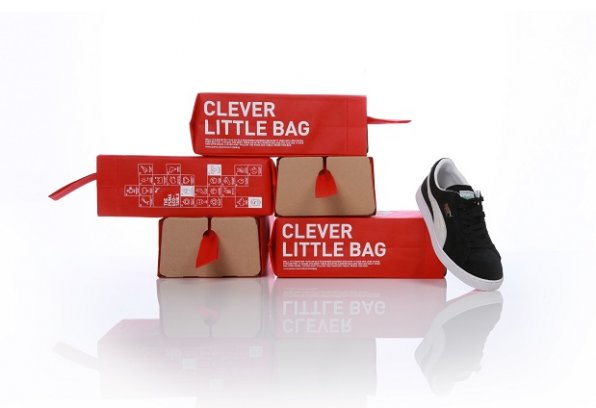
29th April 2014
Adrian Wilson
|
Geneva
Packaging is a comparatively small but rapidly growing end-use application for nonwovens, representing around 240,000 tons of materials in 2014.
This is approximately 4.1% of overall nonwovens consumption, but with a value of around €480 million and some very interesting niche applications. Speaking at the special Packaging Workshop held earlier this month during the INDEX 14 exhibition in Geneva, Switzerland, George Kellie of Kellie Solutions explained that these include active and intelligent packaging for food, in which the materials change the environment in close proximity to food, with the aim of extending shelf life without the use of food additives or preservatives. Other products manage and control the condition of packaged foods and are focused on the cold chain systems that link the food producers to the supermarkets.
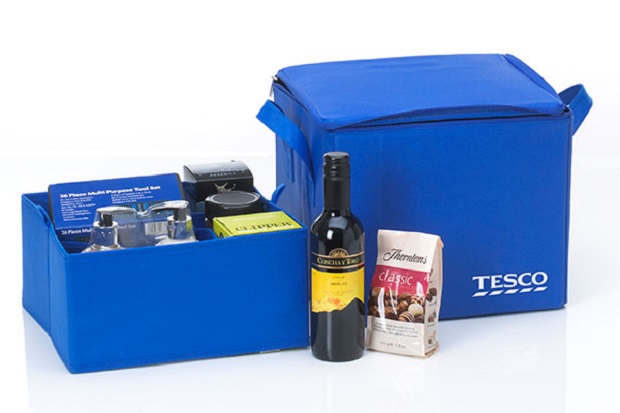
A key example are the FruitPads just launched by McAirlaid’s, based in Steinfurt, Germany, and one of the contenders for the INDEX 14 Award in the Roll Goods category.
McAirlaid’s FruitPads have been designed to protect sensitive berries and soft fruits through the logistics chain – from farm to supermarket – while minimising the risk of bacteria and mould.
Such products can often be transported thousands of kilometres and not surprisingly, optimised packaging, transport and warehousing – combined with efficient fluid management – can be the difference between profit and loss.
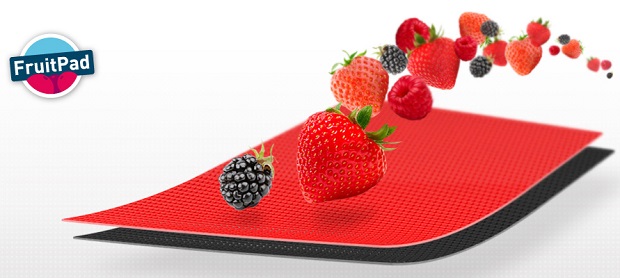
With the new McAirlaid’s pads and their microporous, ventilated structure, condensation due to temperature fluctuations is significantly reduced, resulting in a fresh-picked appearance on the supermarket shelf.
In addition, waste is said to be reduced by up to 55% compared to current packaging systems, since the pads provide excellent cushioning using a minimum of nonwoven material, which absorbs from both the surface and the sides.
Nonwovens are also widely employed in dessicant and functional chemical bags for moisture control, with intelligent absorption and desorption properties, as well as in anti-corrosion packaging, oxygen scavenging pouches and odour absorbents.
Medical packaging is another growing area, with nonwovens the preferred backing webs for sterilisable packs for catheters and implants etc. The global pharmaceutical packaging market, meanwhile, offers tremendous growth opportunities, being expected to be worth some €73 billion by 2018.
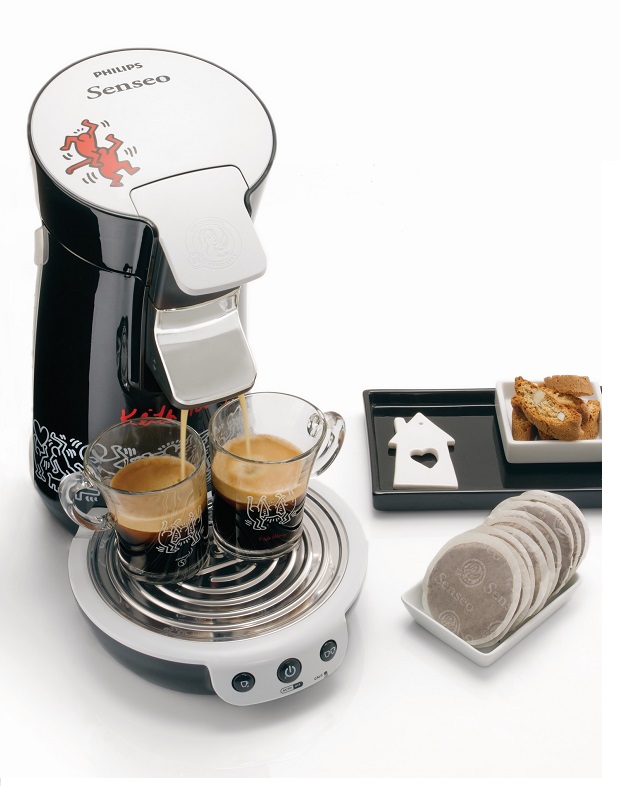
Teabags and coffee pods are also packaging items of a kind, and the production of wetlaid nonwovens for teabags alone is estimated at around 30,000 tons annually. Almost 50% of this consumption is in Western Europe, and particularly the UK.
The Senseo coffee pod – first introduced by Philips and Sara Lee in 2001 – has been a notable success story here, with over 33 million Philips Senseo coffee machines now sold and around 35 billion Sara Lee coffee pods supplied for them in 35 varieties.
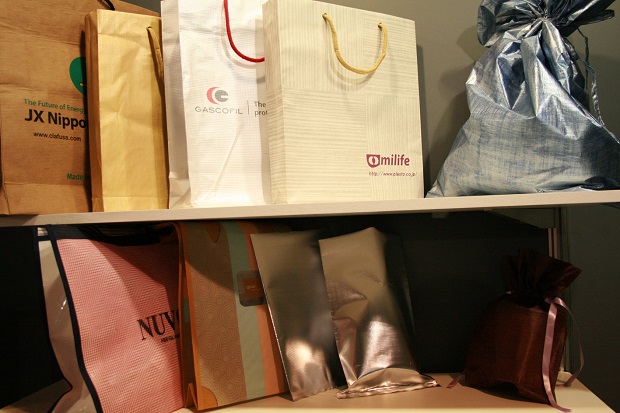
Further packaging applications mentioned at the workshop included multi-use solutions like the NotBox – a concept aimed at taking the traditional ‘one use’ cardboard box out of the global supply chain – and the Atlas Bubble Bag, for sofa transportation.
Puma’s Clever Little Bag, first introduced in 2010, marker a considerable coup for nonwovens in packaging.
It replaces the cardboard shoebox with a re-usable shoe bag, which protects each pair of shoes from damage from leaving the factory until the consumer gets home – generating savings on the production side due to less material used, reducing weight during transport and eliminating the need for extra plastic carrier bags.
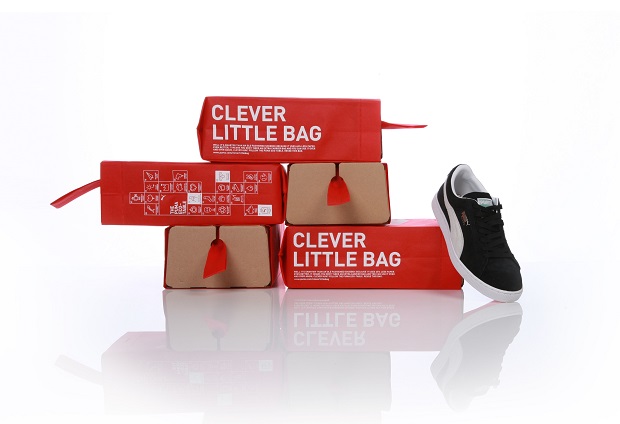
As a result of the 65% paper reduction through the Clever Little Bag concept, Puma is now reducing water, energy and diesel consumption on the manufacturing level by more than 60% per year. This means that annually, approximately 8,500 tons less paper are being consumed and 20 million Megajoules of electricity saved, as well as around a million litres of fuel oil and a million litres of water saved. During transport, 500,000 litres of diesel are saved and lastly, due to the replacement of traditional shopping bags with the lighter built-in bag, the difference in weight can save up to 275 tons of plastic.
By far the largest use of nonwovens in this sector, however, is in reusable shopping bags, especially in Asia, and it’s for this reason that 53% of all packaging nonwovens are spunmelt materials and 55% are based on polypropylene.
Growth projections here are considerable, with around 1.6 million such bags on course to be produced in 2015 and 2.2 million in 2020, according to Kellie Solutions figures.
Spunbonded nonwovens are not only cost competitive, strong and durable, but also isotropic, with equal strength in both directions of the material. Their scratch resistance meanwhile makes them also useful in the transportation of electronics, painted car parts and other sensitive items.

Business intelligence for the fibre, textiles and apparel industries: technologies, innovations, markets, investments, trade policy, sourcing, strategy...
Find out more